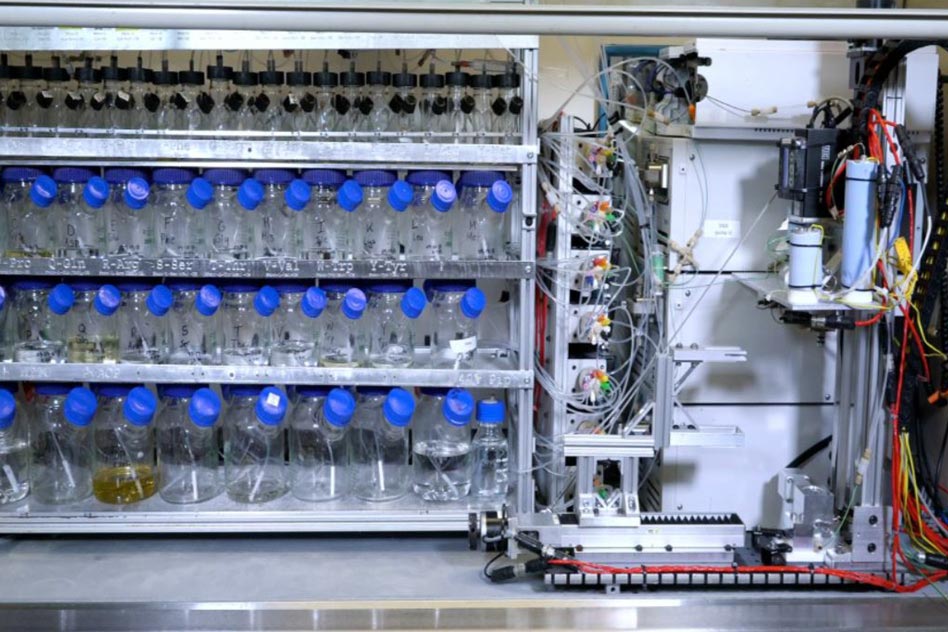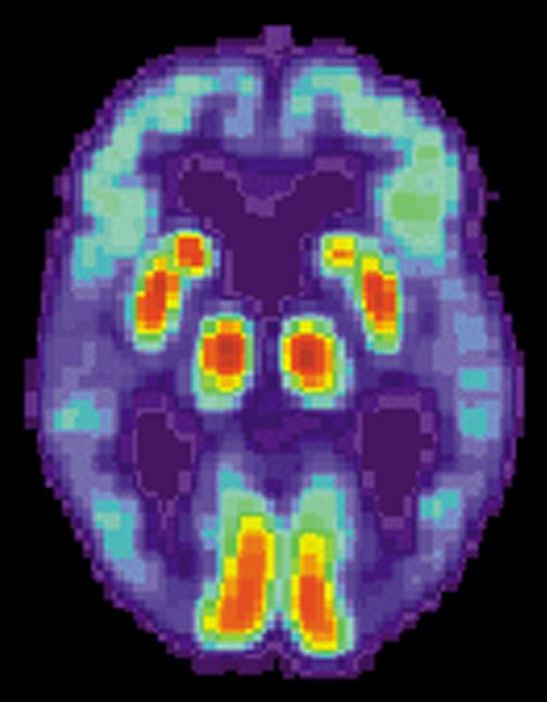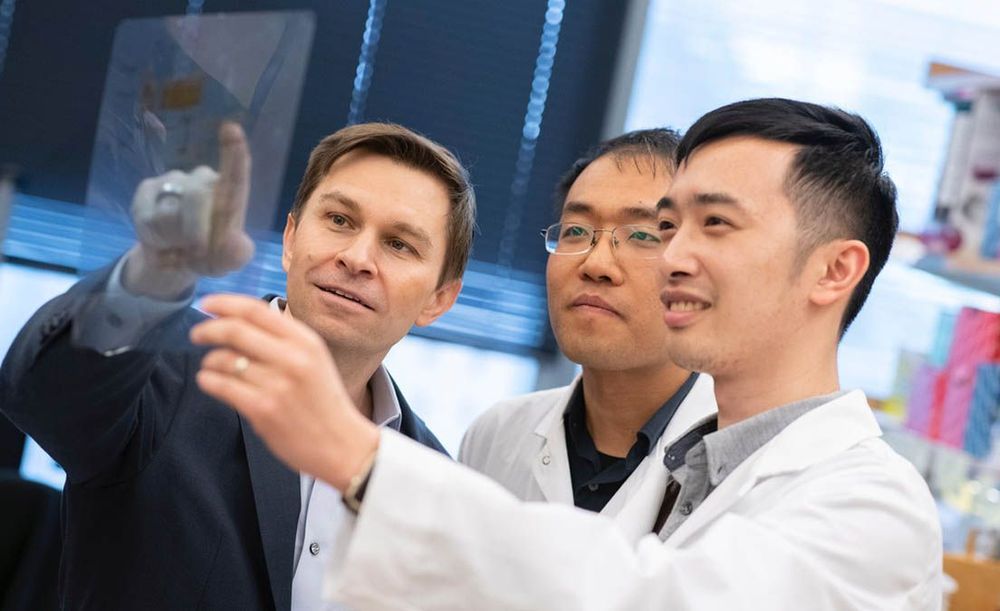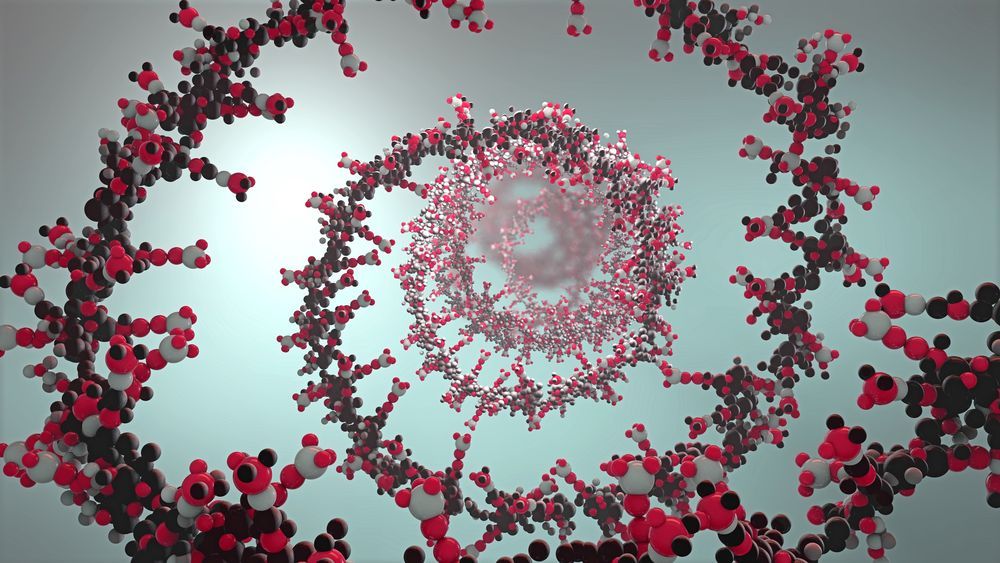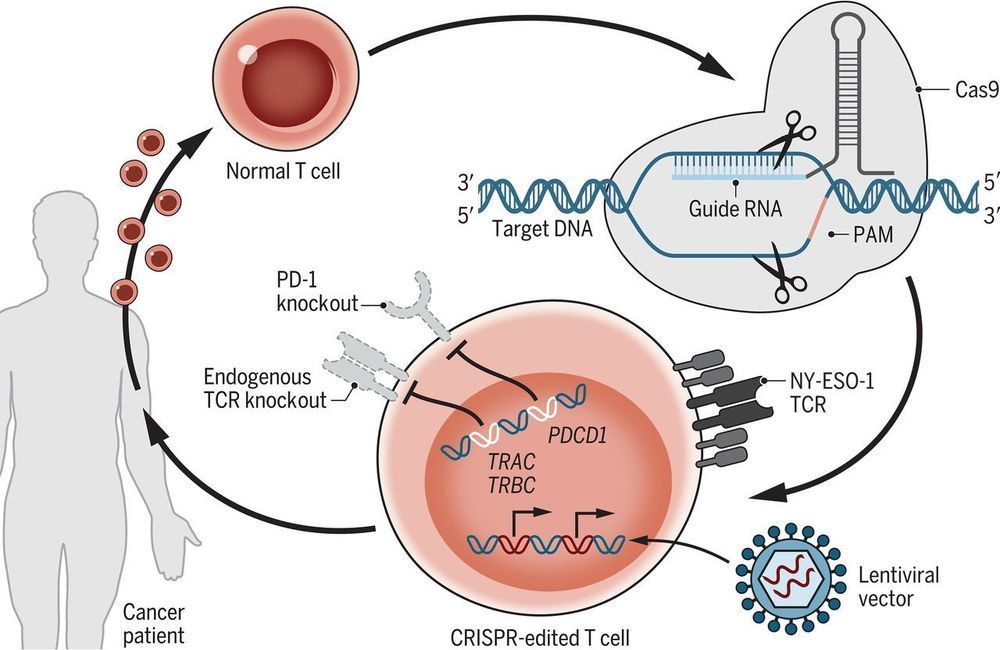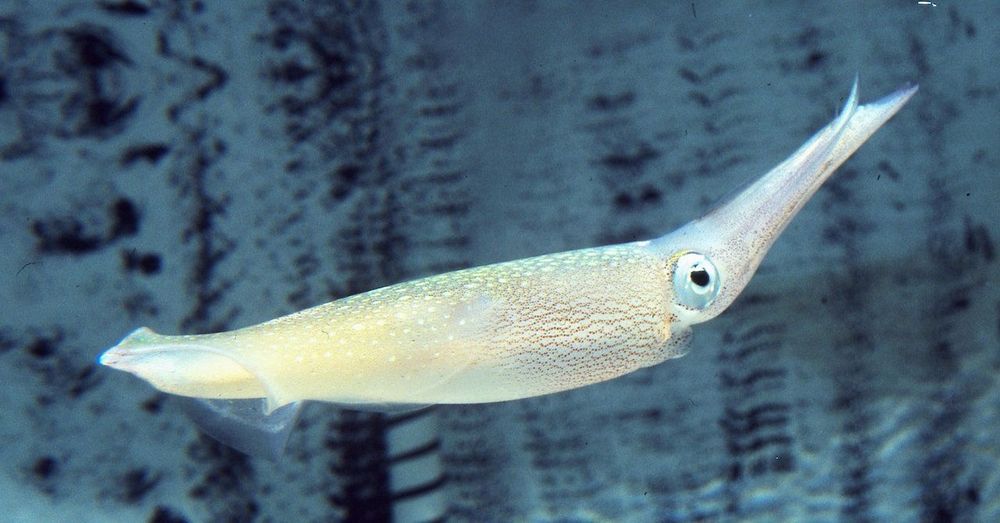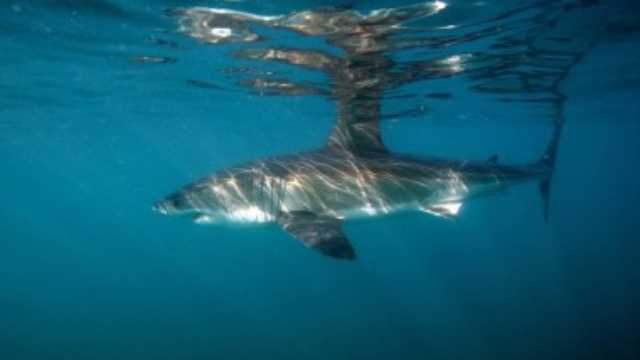Jun 23, 2020
MIT Automated Tabletop Fast Protein Synthesis Machine May Accelerate Drug Development
Posted by Genevieve Klien in categories: biotech/medical, engineering, genetics
Automated tabletop machine could accelerate the development of novel drugs to treat cancer and other diseases.
Many proteins are useful as drugs for disorders such as diabetes, cancer, and arthritis. Synthesizing artificial versions of these proteins is a time-consuming process that requires genetically engineering microbes or other cells to produce the desired protein.
MIT chemists have devised a protocol to dramatically reduce the amount of time required to generate synthetic proteins. Their tabletop automated flow synthesis machine can string together hundreds of amino acids, the building blocks of proteins, within hours. The researchers believe their new technology could speed up the manufacturing of on-demand therapies and the development of new drugs, and allow scientists to design artificial proteins by incorporating amino acids that don’t exist in cells.
